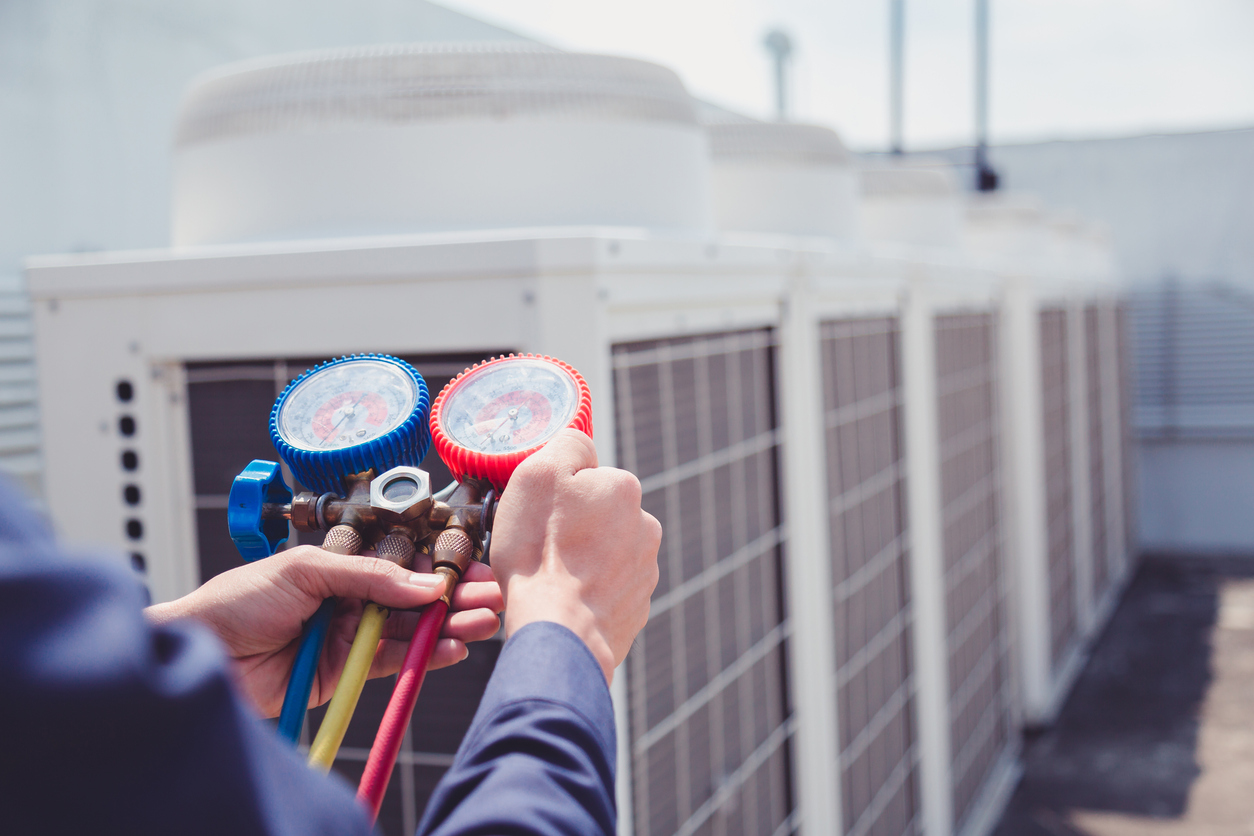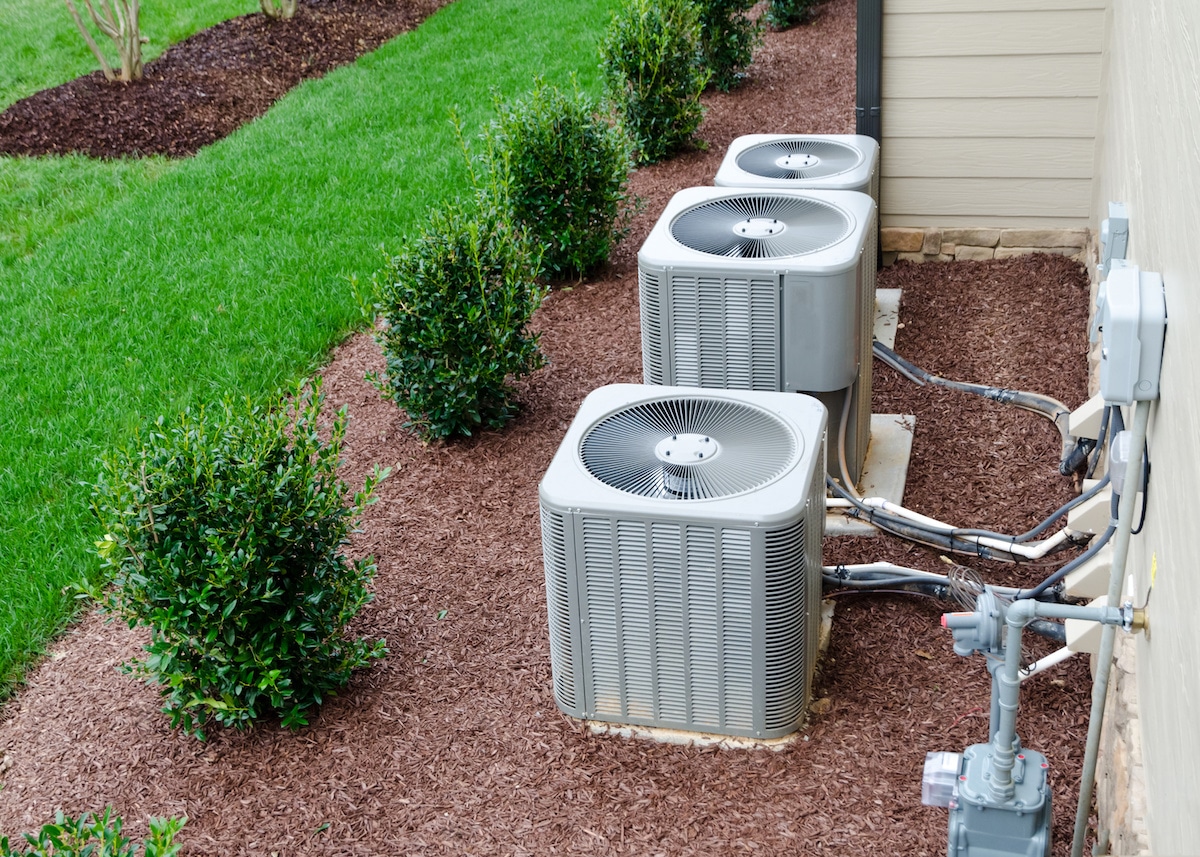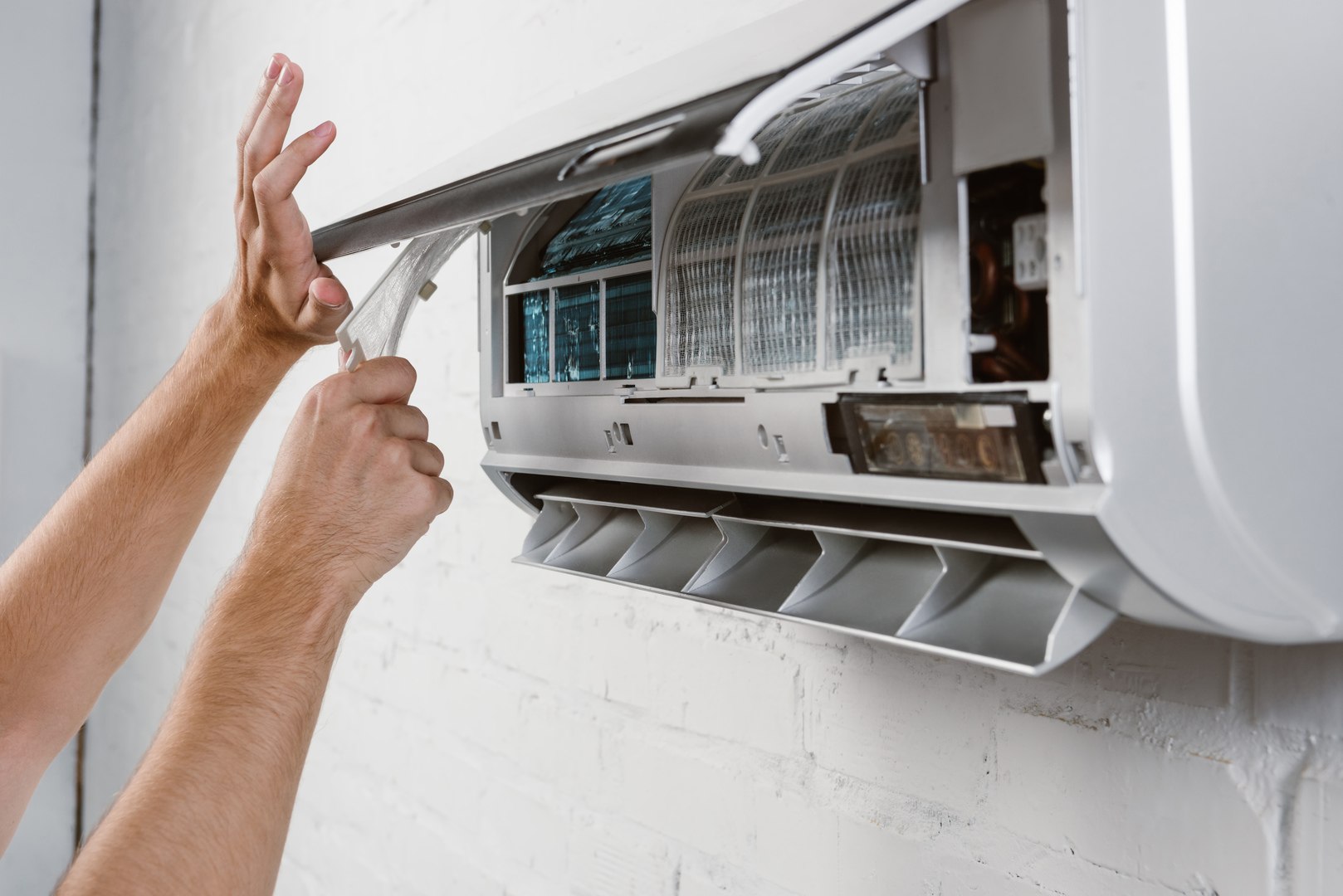A/c Installation in Skyscraper: Unique Obstacles
Have you ever asked yourself why a/c installment in high-rise buildings presents one-of-a-kind difficulties?
The complexity exceeds just cooling the spaces successfully. From steering restricted room restrictions to dealing with vertical circulation obstacles, each aspect calls for precise preparation.
Yet what concerning the architectural factors to consider and making sure ease of access to electrical power for these systems?
These are simply a few items of the problem that make tackling air conditioning installation in skyscrapers a complex endeavor.
Key Takeaways
- Calculated equipment positioning and noise control are crucial in skyscraper AC installations.
- Efficient ductwork transmitting and maintenance accessibility make certain optimal a/c efficiency. ac service
- Safety, weight distribution, and adherence to building regulations are vital for structural stability.
- Power efficiency, access, and seamless assimilation boost AC system capability in high-rise buildings.
Room Restraints
When installing air conditioning in high-rise buildings, you might run into room restraints that require careful preparation and ingenious solutions. Minimal accessibility to specific locations can pose a difficulty throughout installation. To tackle this, customized devices and creative handling may be essential to browse via limited areas and reach the assigned locations for mounting the a/c devices.
In addition, in skyscrapers, sound control is vital to ensure the comfort and well-being of passengers. The restricted spaces and proximity of residential systems in these structures magnify the influence of noise produced by cooling systems. Applying soundproofing steps, making use of quieter equipment, and calculated placement of elements can aid reduce noise disruptions for homeowners.
Vertical Distribution Challenges
Discovering the complexities of skyscrapers, especially when it come to vertical distribution, offers distinct challenges for cooling installation. Ductwork obstacles are prominent in skyscraper structures, where transmitting air ducts up and down with numerous floorings can be complex. Setup logistics come to be necessary, as working with the positioning of ductwork and devices in a manner that warranties effective air movement and temperature level control throughout the building is extremely important.
Upkeep gain access to is one more significant problem when it pertains to upright circulation in skyscrapers. Making certain that HVAC systems are quickly obtainable for routine upkeep and repair work is crucial for long-term capability. Additionally, the logistics of equipment transportation to greater floorings pose a difficulty. Relocating heavy a/c systems, ductwork components, and various other products up upright ranges requires mindful planning and control to guarantee security and performance.
Architectural Factors to consider
Thinking about the architectural honesty of high-rise buildings is important when preparing cooling installments. High-rise buildings are developed to support certain weights, and including cooling systems can impact the overall weight circulation. It's essential to follow building codes to make certain that the added weight from the cooling and heating devices doesn't jeopardize the structure's architectural security. Building ordinance lay out the maximum allowed loads for different sections of the structure, consisting of floors and walls, to avoid overloading.
Proper weight circulation is necessary to stop uneven anxiety on the structure's framework, which can result in structural problems over time. Cooling and heating systems need to be purposefully put to disperse their weight evenly and minimize any kind of possible pressure on details locations. Designers must carefully assess the structure's load-bearing capacity and layout the a/c setup as necessary to ensure that it meets security requirements and regulative needs.
Electric Power Ease Of Access
To confirm the successful setup of cooling systems in skyscrapers, evaluating the access of electric power is vital.
When examining the electrical power accessibility for a/c in high-rise buildings, think about the following:
Closeness to Source Of Power: Ensure that the cooling units are located near source of power to lessen energy loss and assurance reliable procedure.
Remote Capability: Go with systems that supply remote functions, permitting hassle-free monitoring and adjustment of the cooling devices from a distance.
Energy Performance Rankings: Focus on air conditioning devices with high power effectiveness ratings to lower overall power intake and lower functional prices.
Backup Power Solutions: Implement backup power services like generators or battery backups to guarantee constant operation of the a/c systems during power failures.
HVAC System Combination
When integrating HVAC systems right into skyscrapers, coordinate perfectly with existing facilities for peak efficiency. Warranty system compatibility by thoroughly examining the building's format and existing heating and cooling setup. Throughout the installment procedure, focus on efficient assimilation to enhance the total performance of the air conditioning system.
To achieve successful cooling and heating system assimilation, collaborate carefully with engineers, designers, and contractors to address any type of prospective obstacles. Conduct a detailed evaluation of the building's air flow, ductwork, and control systems to ensure smooth compatibility with the new cooling and heating equipment. This aggressive technique can assist protect against costly rework and hold-ups throughout the installment stage.
Integrating HVAC systems in high-rise buildings calls for precise planning and precise execution to assure peak capability. Applying sophisticated modern technology and energy-efficient components can even more improve system performance and sustainability. By prioritizing smooth integration and system compatibility, you can develop a comfy interior atmosphere while optimizing power efficiency in high-rise frameworks.
Regularly Asked Inquiries

Are There Any Type Of Details Regulations or Codes That Skyscraper Must Stick To When Installing Cooling Solutions?
When setting up cooling systems in high-rise buildings, laws and security conformity are vital. Details codes dictate exactly how these systems should be set up to guarantee the safety of owners. Conformity with these laws is essential for the appropriate performance of the cooling units and to avoid potential risks.
It is essential to comply with these guidelines meticulously to ensure a risk-free and reliable air conditioning system within the building.

What Are Some Typical Solutions for Sound Control in A/c Systems in Skyscraper?
To reduce noise in cooling systems in skyscrapers, consider soundproofing materials and critical placement to dampen resonances. Opt for energy-efficient designs with quieter procedure.
Regular upkeep checks and timely fixings can protect against noisy breakdowns. In addition, utilizing variable speed innovation can decrease sound degrees during low-demand durations.
How Do Extreme Weather, Such as High Winds or Lightning Strikes, Influence the Setup and Procedure of A/c Solutions in Skyscraper?
Extreme weather conditions such as high winds or lightning strikes can significantly impact the installation and operation of a/c systems in high-rise buildings. These weather components can position structural difficulties, impacting the stability and efficiency of the systems.
When encountering such problems, it is essential to consider the strength of the building's facilities and the toughness of the heating and cooling parts to assure perfect operating and safety and security.
Exist Any Unique Considerations for Integrating Smart or Energy-Efficient Technologies Into Cooling Systems in High-Rise Buildings?
When considering integrating smart or energy-efficient innovations right into air conditioning systems in skyscrapers, there are some unique factors to consider to bear in mind. Assimilation challenges may emerge when connecting different systems, and adjusting these technologies to function effectively in an upright environment can be difficult.
Nevertheless, energy-saving modern technologies supply excellent possible for minimizing prices and ecological impact. It is very important to carefully plan and apply these options to maximize their benefits.

What Are the Upkeep Requirements for Cooling Equipments in Skyscraper, and Exactly How Usually Should They Be Serviced?
To keep your a/c systems in high-rise buildings running smoothly, routine maintenance is key.
Maintenance frequency relies on variables like use and system complexity. Typically, it's advised to have your air conditioner units checked a minimum of annually by a professional specialist.
This regular upkeep not only ensures leading efficiency however likewise assists in preserving power efficiency, conserving you money over time.
Final thought
On the whole, setting up cooling in high-rise buildings provides distinct difficulties due to room constraints, vertical distribution difficulties, structural factors to consider, electric power availability, and heating and cooling system combination.
It calls for careful planning and coordination to make certain the system functions successfully and successfully in such complex atmospheres.
By dealing with these obstacles head-on and collaborating with seasoned professionals, building owners can ensure that their passengers stay comfy and awesome even in the highest of buildings.